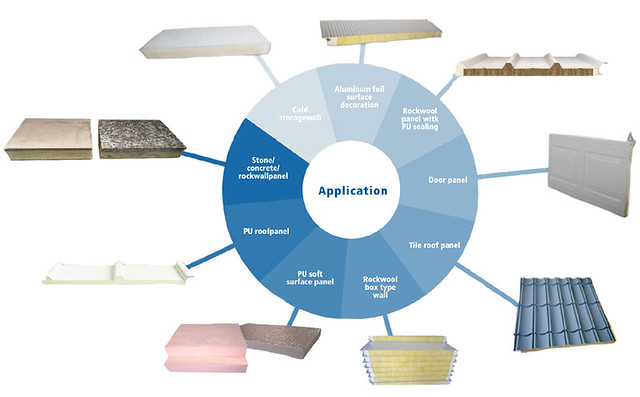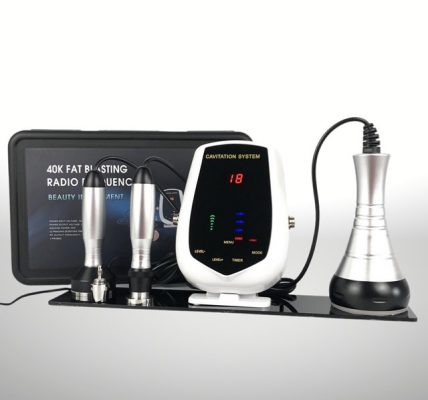
Reverse Osmosis Water Treatment
Reverse Osmosis is an advanced water filtration system that eliminates a majority of contaminants from tap water. It works by using pressure to push water through a semi-permeable membrane that removes organics, bacteria and pyrogens.
Most systems use several filters to protect the RO membrane from clogging. This includes a sediment filter and a carbon filter.
What is Reverse Osmosis?
Reverse osmosis is a filtration system that reduces total dissolved solids (TDS) in drinking Reverse Osmosis Water Treatment water. It removes many organic and inorganic contaminants from tap water. It’s also one of the best ways to disinfect drinking water.
Reverse Osmosis systems include prefilters and postfilters to ensure that only pure water passes through the RO membrane. The prefilters remove sediment and chlorine that could clog the RO membrane. The postfilters can polish and re-mineralize the water, as well as provide additional chlorine and sediment removal.
The most common type of RO system is an under-sink reverse osmosis system. It’s easy to install, but you will need to drill a hole in the sink to connect the drain line and water line. It is important to follow plumbing codes when installing any reverse osmosis system. If you don’t follow code, the drain water can leak back into the clean water, causing it to become contaminated.
Reverse Osmosis systems are expensive to purchase and operate, but they pay for themselves in the long run. You will save money on bottled water, and you won’t have to worry about contaminant levels in your drinking water. It’s recommended that you drink half your body weight in ounces of water every day to stay healthy.
How Does Reverse Osmosis Work?
A reverse osmosis system uses a series of filters to remove contaminants from your water. Most systems begin with a sediment filter to remove large particles like rust and dirt. This filter can also be used to remove volatile organic compounds (VOCs), which are chemicals that can cause bad odors and taste in your water.
Next, your water will pass through an RO membrane, which is made from a special type of semipermeable membrane. The membrane is designed to separate water and salts on the one side from freshwater on the other. When pressure is applied to the solution side of the membrane, the molecules will move to the area with a lower concentration of salts and other contaminants. This is called osmosis.
This process allows the membrane to remove most dissolved salts from your water. When the membrane is finished with the salt, it will be sent down the drain as wastewater. This process is more environmentally friendly than producing bottled water, which requires using oil and gasoline to make the bottles. It also requires a lot of water to wash the bottles and to deliver them to stores.
While RO water does have a lot of salts and other contaminants removed from it, it also removes beneficial minerals like calcium and magnesium. These minerals are important for your health and can be added back into your water with a remineralization cartridge.
What are the Pros of Reverse Osmosis?
Reverse Osmosis Systems offer a high level of water purity. They remove a variety of chemicals and contaminants that are found in municipal water supplies, and they also reduce the levels of certain minerals. Reverse Osmosis is a great option for people who want to drink water that is free of chemicals and contaminants, but they do not want to spend the extra money on buying bottled water.
Reverse osmosis systems are space efficient and can be easily installed under the sink in your home. They do not require a lot of maintenance, and they are easy to operate.
A drawback of reverse osmosis systems is the amount of water they waste during the filtration process. Studies have shown that different types of reverse osmosis water filtration systems can waste anywhere from 3 to 20 times more water than they produce. This is a huge problem, especially in areas of the world where water scarcity is a concern.
Another disadvantage of reverse osmosis is that it can be expensive to operate. It can cost more upfront to purchase and install the system, and it will also cost more to replace the filters. These systems are also prone to clogging, which can be a problem if not properly maintained. This is why it is important to choose a reliable manufacturer and perform regular maintenance to ensure your reverse osmosis system is working at its best.
What are the Cons of Reverse Osmosis?
In a nutshell, reverse osmosis filtration works by pushing water through a semi-permeable membrane. This removes contaminants and dissolved substances, such as salt, nitrates, lead, cadmium, pesticides, arsenic, fluoride, and particulate matter.
The process also eliminates chlorine and Filling Machine Supplier chloramines from your drinking water. Chlorine is a common disinfectant in public water systems but it’s harmful if ingested by humans because it can cause respiratory problems and digestive issues. Chloramine is even worse as it can lead to long-term health concerns. Reverse osmosis eliminates these chemicals and gives you healthier, safer water.
Another advantage of a reverse osmosis system is that it will reduce your reliance on bottled water. You’ll be saving money, space and you won’t need to worry about purchasing and storing large amounts of plastic bottles. Bottled water can be quite expensive and isn’t always as contaminant-free as you may think.
One of the disadvantages of a reverse osmosis water treatment is that a certain amount of water is wasted during the filtration process. This can be a problem for people in areas with limited water supplies. However, there are reverse osmosis drinking water systems that have been designed to minimize waste by using permeate pumps or incorporating other water-saving technologies. Another issue is that the water produced by a reverse osmosis system tends to taste flat and may be lacking in healthy minerals. Some people choose to combat this by pairing a reverse osmosis system with a water softener.


